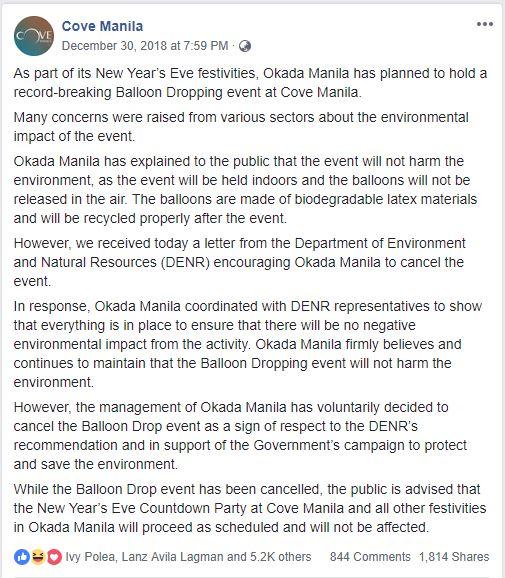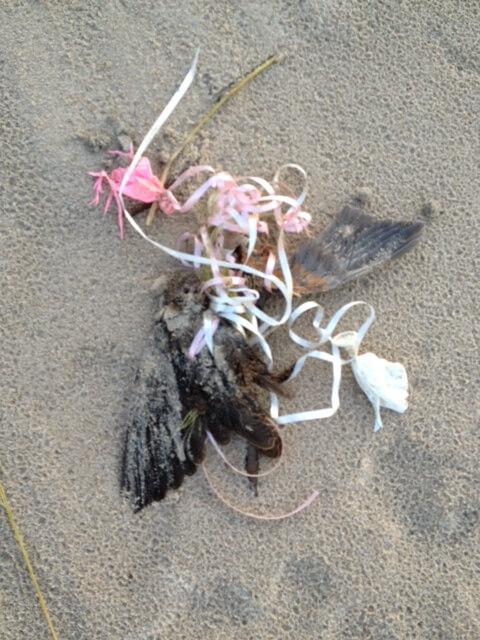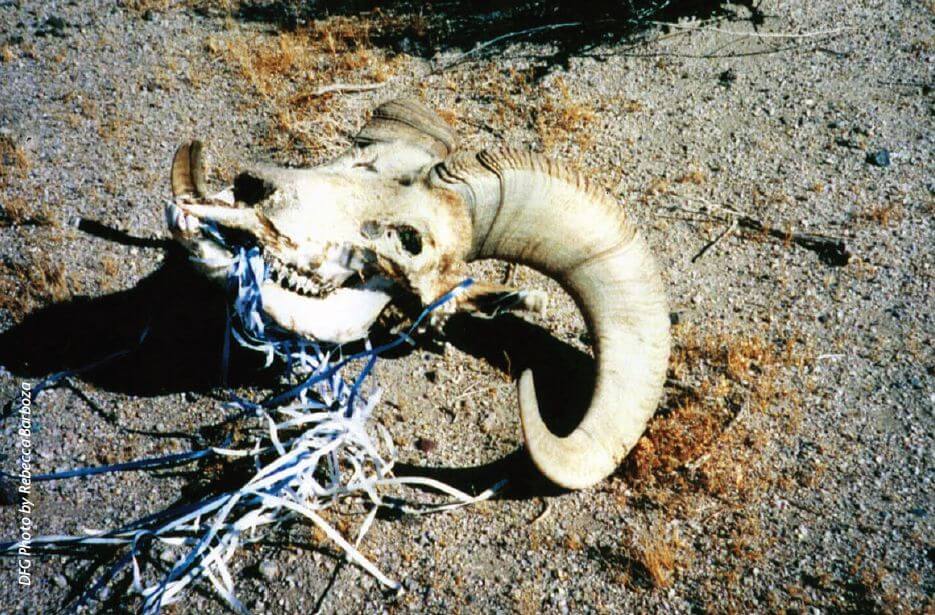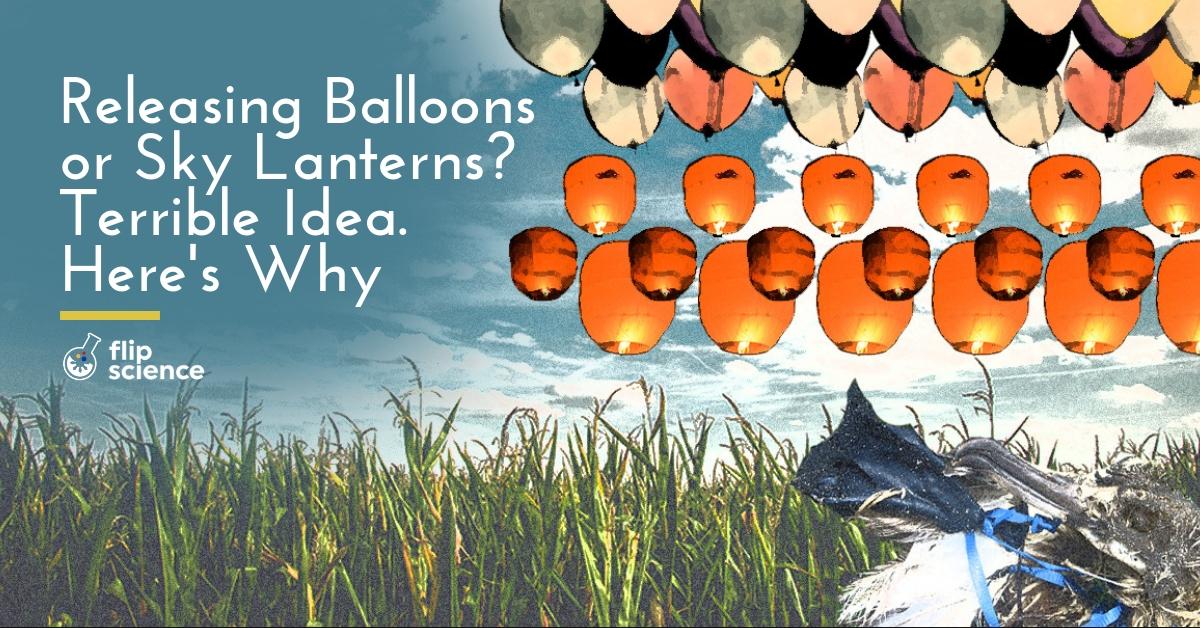• Releasing balloons and sky lanterns into the sky can create numerous environmental and safety problems.
• “Biodegradable” options exist, but still take a long time to decompose.
• The remnants of these items have been known to suffocate, injure, and starve animals, start fires, and contribute to the world’s ever-growing garbage problem.
Over the decades, the practice of releasing bright and colorful things into the sky has been incorporated into nearly every celebration, from weddings and birthdays to New Year parties.
In recent years, however, an increasing awareness of the various environmental and safety hazards presented by balloons and sky lanterns has led society to develop a similarly increasing negative outlook towards such activities.
Coupled with stricter regulations on using balloons and sky lanterns in general across different countries, it’s easy to see why the public gets swiftly outraged by announcements of such events — whether it’s a poor decision by an otherwise well-meaning institution:

Or an ill-researched attempt to break a world record that doesn’t even exist.

Did the public overreact, though? Have we all just lost our sense of fun in this age of social responsibility?
Well… no. Absolutely not. Here’s why.
1) What goes up, must come down.
And in the case of balloons and sky lanterns, “up” isn’t even very long.
Based on information taken from manufacturers and sellers, 10-inch balloons will float for about 8 to 10 hours. Meanwhile, the slightly larger 12-inch balloons stay afloat for slightly longer (12 hours). On the other hand, sky lanterns stay in the air up to 20 minutes, after which they inevitably descend.
Here’s the thing: We don’t even look at those things for the entire duration of time they’re up in the air. At most, we’d watch them for a few minutes before going back to whatever we were doing. Unfortunately, the duration of time they entertain us is shorter compared to how long they stick around after they hit the ground. Much, much shorter.
2) “Biodegradable balloons” and sky lanterns don’t magically disappear in a flash.
Pro-balloon and pro-lantern advocates argue that environment-friendly options exist. A quick look at what those products are made of, though, quickly reveals that they’re not as “green” as they’re made out to be.
Take balloons, for example. There are generally two types of balloons: non-biodegradable Mylar and “biodegradable” latex. The word “biodegradable” is in quotation marks because while natural latex is biodegradable, the string used to tie the balloons usually isn’t. Sky lanterns, on the other hand, are often made from oiled rice paper with a bamboo frame and a thin wire for support.
What we tend to forget about “biodegradable” products like these is that they don’t disappear immediately. According to the Biodiversity Management Bureau of the Department of Environment and Natural Resources (DENR), “biodegradable” balloons take between six months to four years to fully decompose. Meanwhile, sky lantern paper takes six to eight weeks to decompose, while the wire takes even longer: nine months (if it even breaks down at all).
And as you can imagine, that’s plenty of time for balloons and sky lanterns to end up in animals’ stomachs, get caught in power lines, become fire hazards, and even endanger aircraft operations.
3) It’s (basically) illegal.
Various environmentalists have also brought up a valid point: that such activities are tantamount to littering.
Under Section 48 of Republic Act 9003 (also known as the Ecological Solid Waste Management Act), “[l]ittering, throwing, dumping of waste matters in public places” is strictly prohibited.
And when the lanterns and balloons find their way back to the ground, “litter” is precisely what they’ll become until they fully biodegrade.
4) Helium isn’t exactly an infinite resource.
Even without focusing on what biodegradable balloons are made of, the air inside them is already an issue in itself.
Typically, party balloons are filled with helium to allow them to float. Helium also happens to be a non-renewable resource–meaning there is no way for us to create it artificially–and we are running out of it. Because it is such an important element used in everything from radiation monitors to MRI scanners, experts estimate that in 30 years, we might run out of it.
But wait, isn’t hydrogen another option? In fact, it’s lighter than helium. Why not use that instead?
Well, aside from the fact that the additional lift it gives is negligible, it’s also explosive. And that’s definitely not something you want inside a floating object that can end up anywhere.
So just how bad is this problem, really?
According to the Sea Turtle Foundation, the annual death toll reaches around 100,000 marine mammals and turtles and a whopping 1 million sea birds. When these animals eat these materials by mistake, the garbage blocks their digestive systems, starving them to death. Other animals suffer equally gruesome fates: They get choked or gravely injured by all that “biodegradable” waste.
Based on statistics from the United States’ National Weather Service, approximately 50,000 5-foot diameter balloons are released every year. Biodegradable or not, that’s a lot of (inevitable) trash that will stick around for at least six weeks.
Sky lanterns have caused a few significant accidents themselves. Among the most noteworthy was an incident in July 2013 where 100,00 tons of recycling material burned in England. The reason? A sky lantern somehow found its way to a plastics recycling plant.
But what about fun?
For some people, the fleeting delight of a temporary display of colors in the sky may be more than enough to compensate for the resulting environmental damage. One has to wonder, though, if such activities are truly worth it, especially when they result in this:

Not even high-flying animals are safe.

It also doesn’t matter if it’s an indoor or outdoor event, especially when we’re talking about balloons in massive quantities. Trash is trash, and there’s a good chance that the resulting garbage will end up causing this:

Oh, and small animals aren’t the only victims of balloons and sky lanterns. Bighorn sheep have also been known to eat (and even get strangled by) balloon strings and residue:

If this is your idea of fun, then it’s high time to burst your bubble. Or in this case, balloon.
Cover photo: Tirachard Kumtanom, Pixabay, OneGreenPlanet.org
References
- https://www.theguardian.com/environment/ethicallivingblog/2009/jul/31/sky-lanterns
- https://www.ecolex.org/details/legislation/ecological-solid-waste-management-act-no-9003-of-2000-lex-faoc045260/
- http://extwprlegs1.fao.org/docs/pdf/phi45260.pdf
- http://balloonsblow.org/wp-content/uploads/2011/04/Floating-Menace.pdf
- https://balloonsblow.org/latex-balloons-still-kill/
- https://www.nytimes.com/1990/04/01/nyregion/l-balloons-effect-on-the-environment-867890.html
- https://www.independent.co.uk/news/science/why-the-world-is-running-out-of-helium-2059357.html
- https://www.balloonhq.com/faq/deco_releases.html
- https://www.postandcourier.com/news/balloon-hazards-real-or-overblown/article_c9a7e1b2-56bb-5e14-acc6-d64898653e83.html
- https://www.philstar.com/headlines/2018/12/31/1881298/pasig-river-rehabilitation-body-drop-balloon-use-completely
- http://www.itv.com/news/story/2013-07-01/major-blaze-at-recycling-plant-smethwick-west-midlands
- https://www.theguardian.com/world/2018/aug/01/fields-medal-award-stolen-brazil-maths-prize
- https://www.nytimes.com/1997/03/13/garden/balloons-made-of-latex-pose-choking-hazard.html
- http://www.guinnessworldrecords.com/records/record-policies
- http://articles.latimes.com/1994-09-22/local/me-41720_1_helium-balloons
- https://www.signatureballoons.co.uk/blog/long-balloon-float-for-helium-filling-float-times/
- http://www.bestskylanterns.co.uk/sky-lanterns-work/
Author: Mikael Angelo Francisco
Bitten by the science writing bug, Mikael has years of writing and editorial experience under his belt. As the editor-in-chief of FlipScience, Mikael has sworn to help make science more fun and interesting for geeky readers and casual audiences alike.







